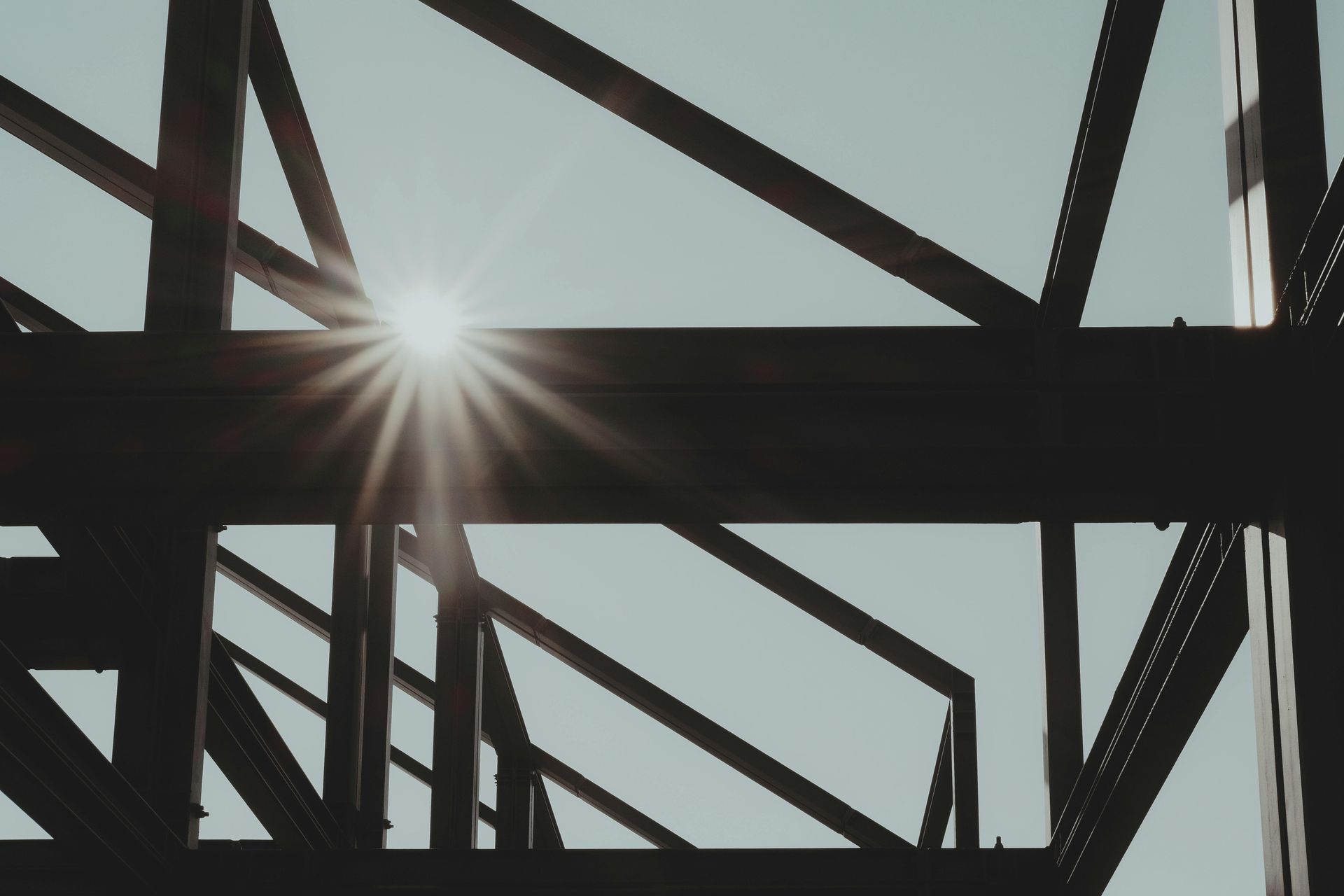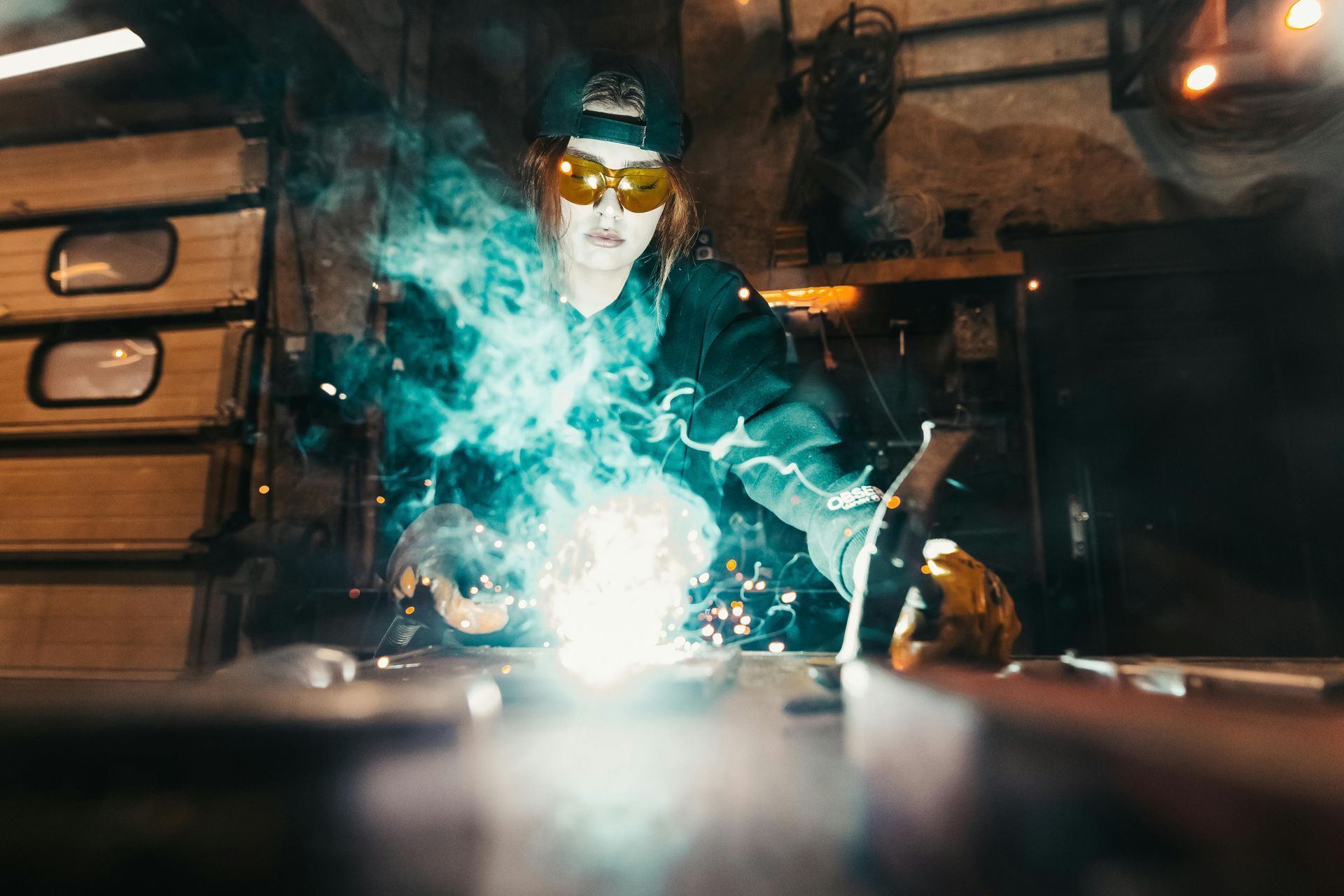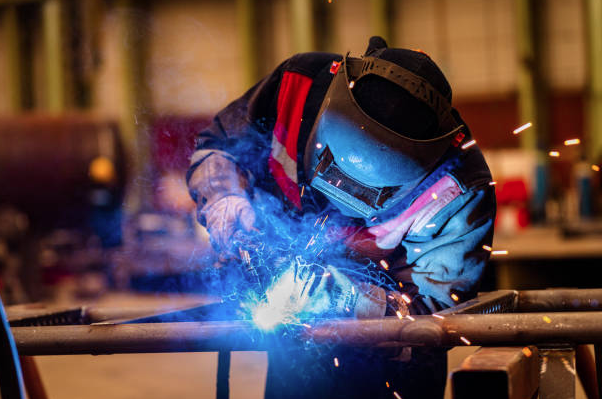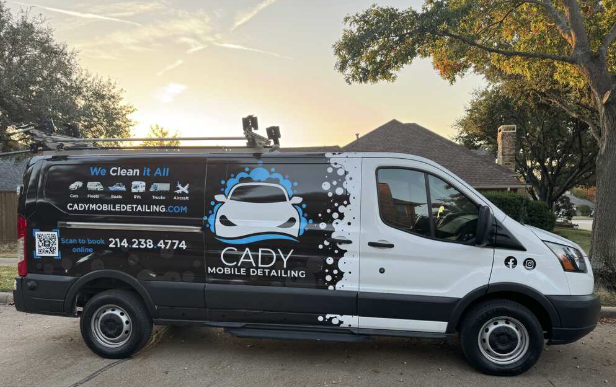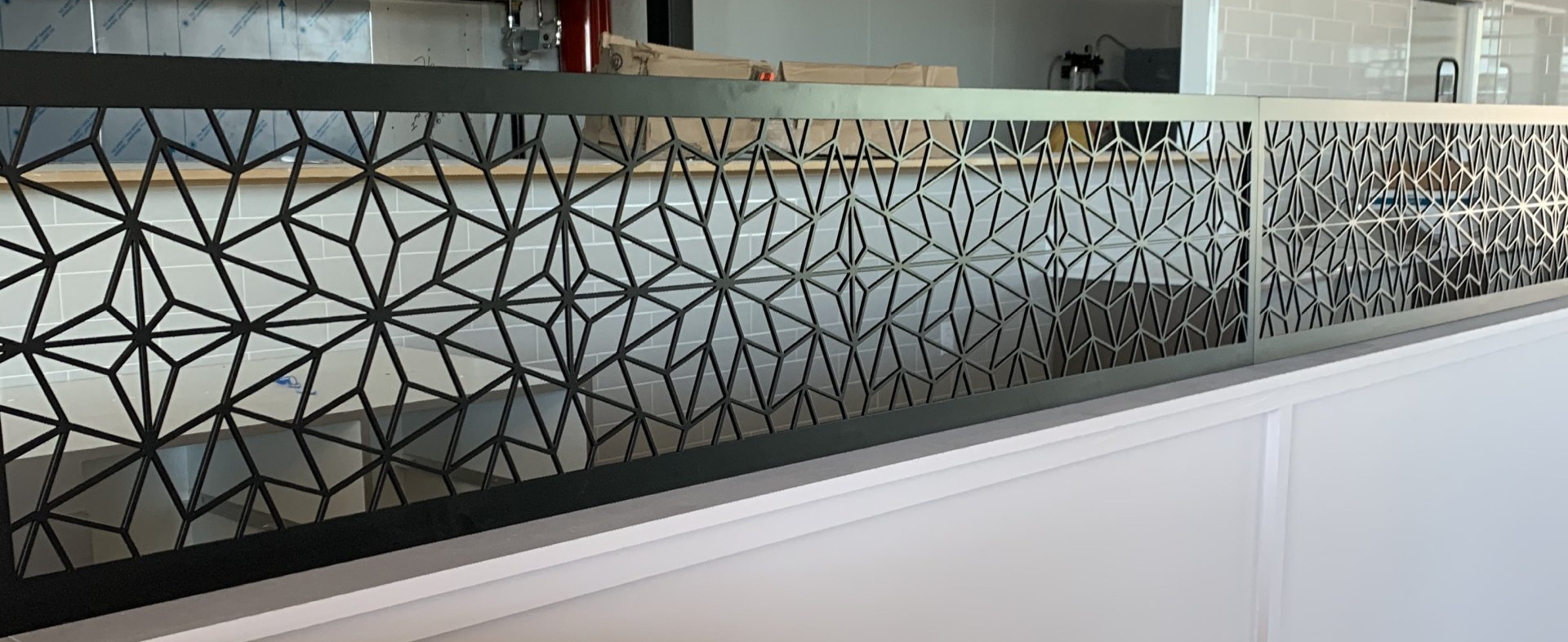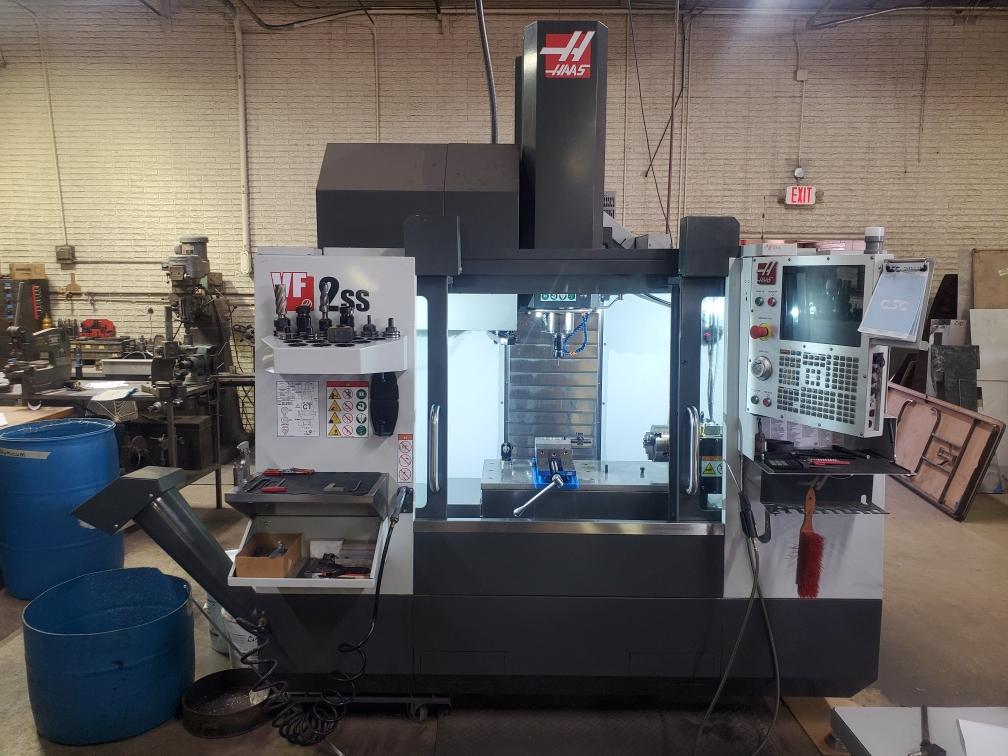A Short History - 2020 of Waterjet Cutting
January 6, 2020
A Short History - 2020 of Waterjet Cutting

Use of high-pressure water to cut materials dates as far back as the Roman Empire who used the methodology for mining and development of their vast infrastructure (27 BC – 476 AD) Read on to learn a short history on waterjet cutting and its use in manufacturing today.
Call Us
In the 1930’s we see the use of narrow jets of water being developed for use by paper companies for cutting, early uses of the low-pressure waterjet technology were confined to cutting soft materials. By the 1950’s the then named liquid jet machines were able to operate at a range of (100000 PSI, 6900 bar) and able to cut plastics and metals for the aerospace industries. It is not until the 1960’s that we see waterjet machines with a pressure of 50,000 (3,450 bar) having the capabilities to cut thicker materials and stone.
The first commercial waterjet system by Bendix and closer to what we know today was installed for use at the Alton Box Board Company in Tennessee, US, to cut the cardboard. Originally named as a ‘Fluid Jet Cutting System’, the technology was developed to replace the commercial saw. Since 1971 the technology and use of Waterjet cutting have greatly progressed.
Today’s modern waterjets can cut through virtually any material and at a material thickness of 12” or more. This includes metals, even titanium and porous and nonporous stone such as granite and quartz. Most modern machines offer Omni-directional cutting and with no heat stress to the material being cut, waterjet offers a precise and versatile solution in the manufacture of a part or product.
The volume in the production of 3D waterjet cutters across the globe is today ever-increasing across industries inclusive of automotive, aerospace and medical devices to use in the arts and creative industries. It can be concluded that this will only increase further in the coming years.
(1) According to the new market research report "Waterjet Cutting Machine Market by Product Type (3D, Micro, and Robotic), Application (Glass/Metal Art, Fiberglass Cutting, Foam Product Cutting), Industry (Automotive, Machine Manufacturing, Medical Devices), and Geography - Global Forecast to 2023", published by MarketsandMarkets™, the market is expected to reach USD 1,248.0 million by 2023 from USD 921.7 million by 2018, at a CAGR of 6.25% during the forecast period. Factors such as promising growth in the global steel industry, growing automobile industry, development of the industrial sector in the Middle East and Africa, and a comprehensive increase in construction activities drive the growth of this market.
HollyFab adopted the use of waterjet cutting to round off the many other machines and fabrication services that we offer at our shop. If you have questions about waterjet cutting, please don’t hesitate to contact us today!
____________________________________________________________________________________________________________________
1. PUNE, India, August 20, 2018 /PRNewswire, https://markets.businessinsider.com/news/stocks/waterjet-cutting-machine-market-worth-1-248-0-million-by-2023-1027471043
Hours of Operation:
Mon - Thu 8:00 am - 5:00 pm
Friday - 8:00 am - 3:00 pm
Sat - Sun Closed
4145 Billy Mitchell Dr, Addison, TX 75001
© 2025
All Rights Reserved Holly Fabrication | Created + Managed by ⬜️ N U A N C E Collaborative



